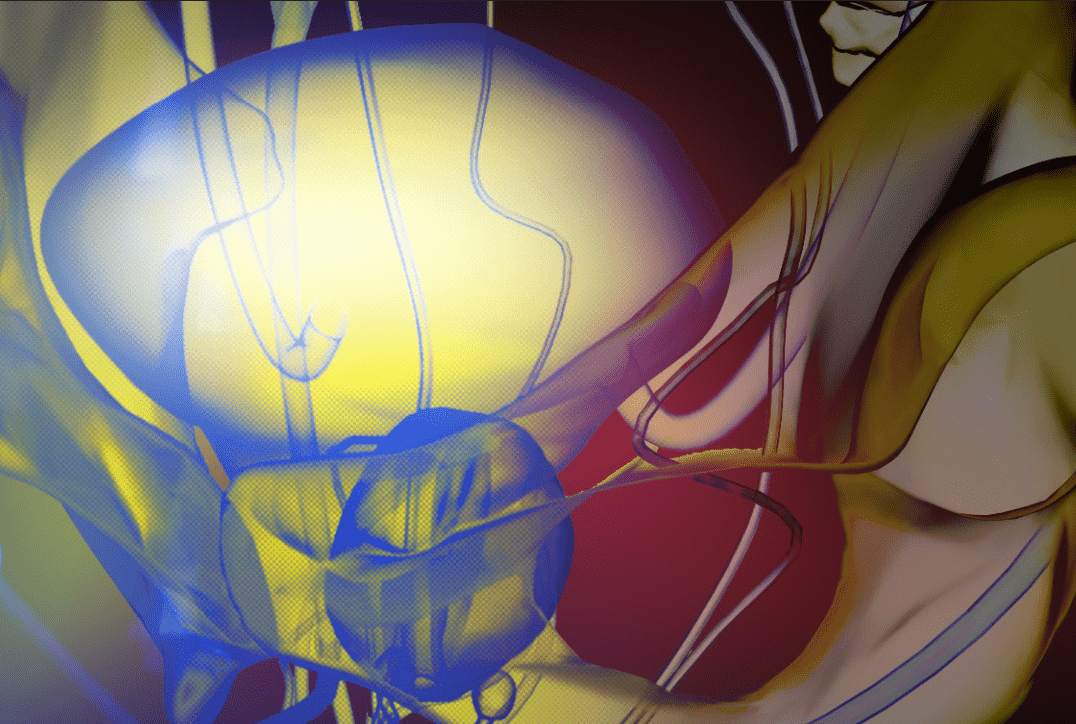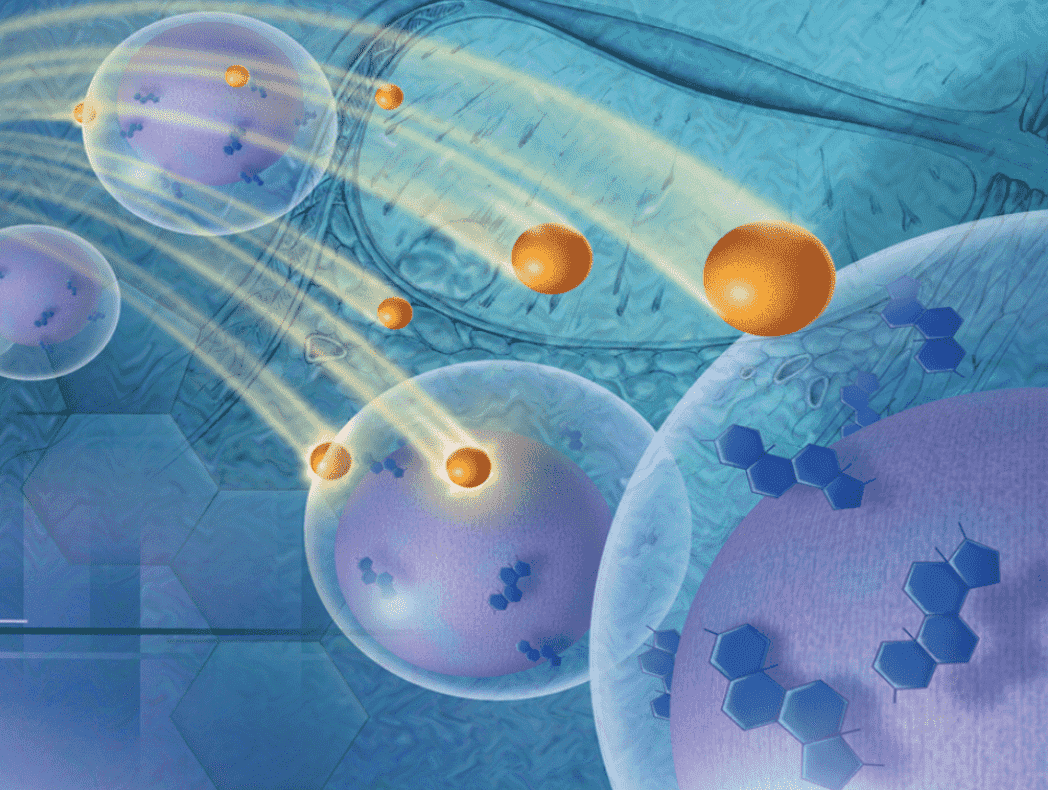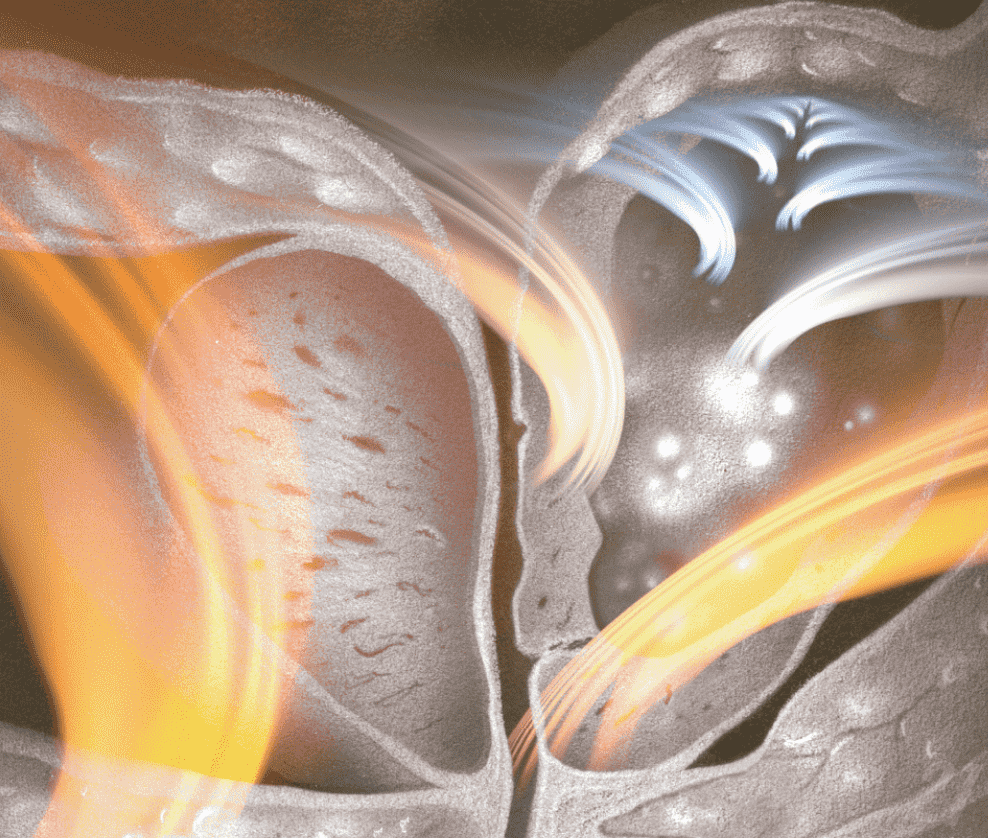Renewing Intimacy: Advances in Treating Erectile Dysfunction Postprostatectomy
Expert Commentary
Herbert LeporAndrew R McCulloughJason D Engel
Erectile dysfunction following prostatectomy is almost universal. Herbert Lepor, MD, Professor and Martin Spatz Chairperson of Urology and Professor of Pharmacology at New York University School of Medicine and cofounder of Reviews in Urology; Andrew McCullough, MD, Director of the Sexual Health and Male Fertility and Microsurgery Programs at New York University School of Medicine; and Jason D. Engel, MD, Vice Chairman of Urology and Director of Urologic Robotic Surgery at George Washington University Hospital, discuss treatment options for erectile dysfunction postprostatectomy. [Rev Urol. 2008;10(4):245-253]









